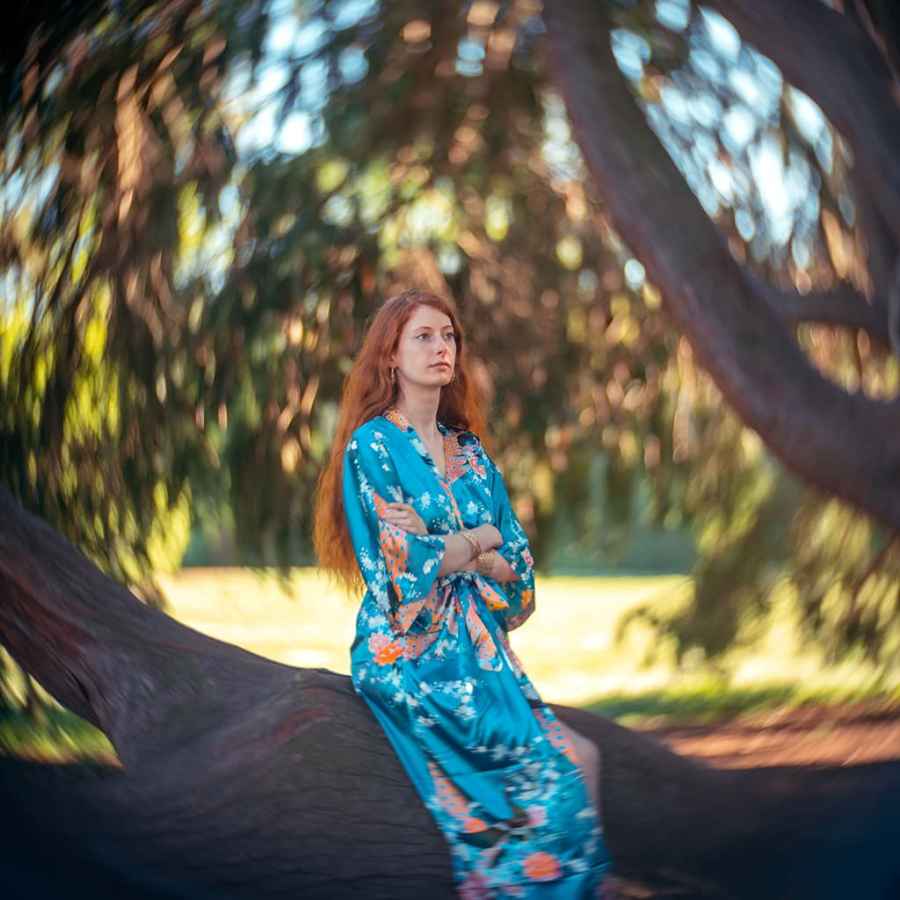Push your creativity to the limit with a vintage lens. Tracy Calder speaks with three photographers who have embraced and mastered the vintage look using vintage lenses on modern cameras. Plus, we give some recommendations for the best vintage lenses.
The best vintage lenses to try
Mathieu Stern (otherwise known as the weird lens guru) has a wealth of knowledge about rare and vintage lenses. He shares his wisdom via The Weird Lens Museum at www.mathieustern.com. Here are some excellent optics from his cabinet of curiosities and AP’s favourites.
Jupiter 11 135mm f/4
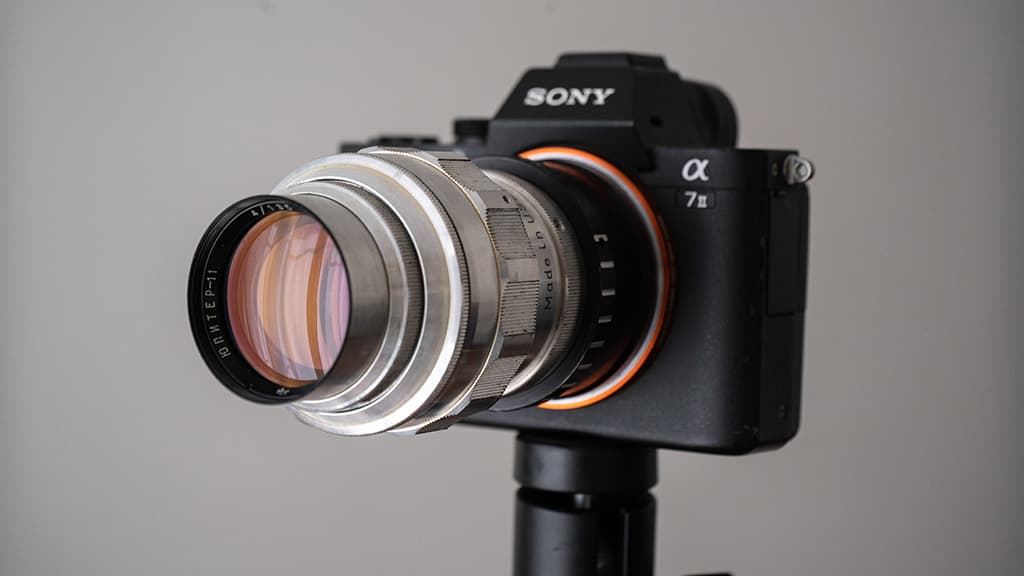
It looks like a rocket ship, but the Jupiter 11 135mm f/4 is certainly not a novelty lens – it offers amazing image quality, super sharpness and lovely warm colours. It’s also a great lens for video because the aperture ring doesn’t make a clicking sound.
Helios 40 85mm f/1.5
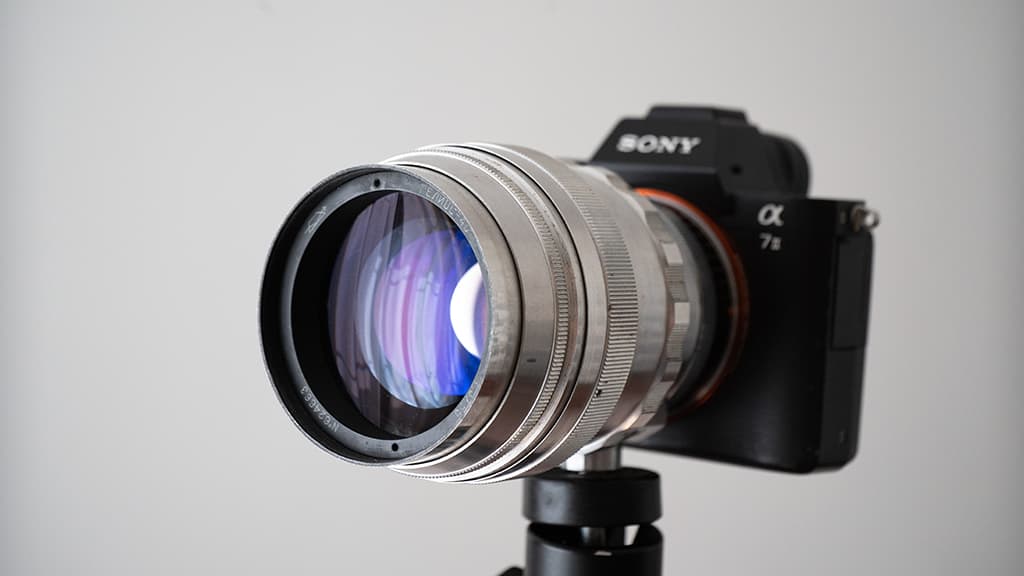
Mathieu describes the Helios 40 85mm f/1.5 as the ‘legendary swirly bokeh king’ and it’s easy to see why. When used wide open, this lens will create a swirly effect around your subject that will give your images an attractive dreamlike quality. It’s a great lens for portraits.
Canon FD 50mm f/1.4 SSC

The contrast and colours produced by the FD series are a big draw, but the Canon FD 50mm f/1.4 SSC deserves a special mention. You’ll get some spectacular flare when shooting towards the sun with this lens, but the results can be pleasingly cinematic.
Minolta 50mm f/1.4
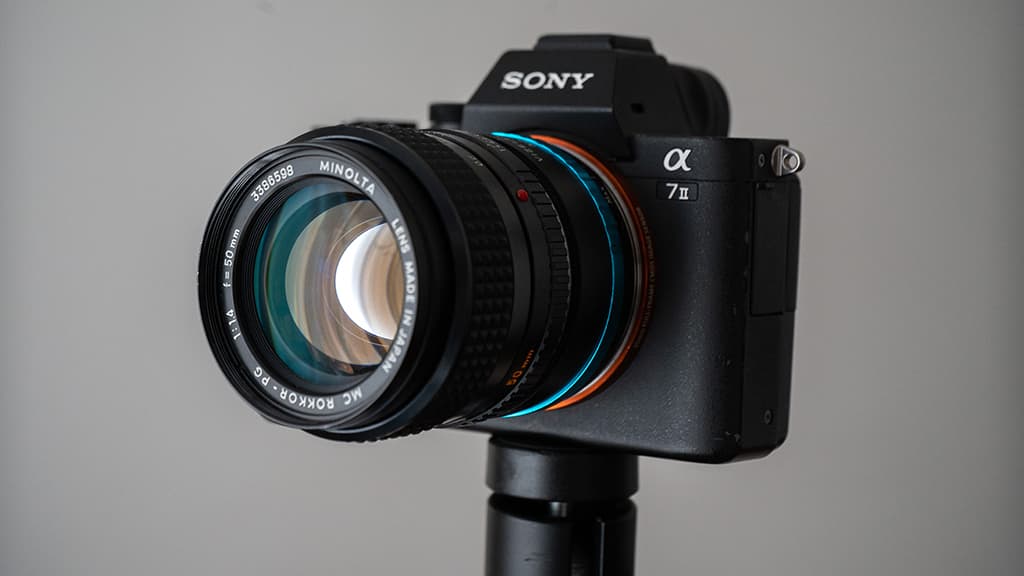
The Minolta 50mm f/1.4 is a cinematic lens, which makes it easy to isolate your main subject from the background. It has been described as ‘Minolta’s sharpest prime lens’ and doesn’t disappoint on that front. Its resolution and contrast are exceptional, and the bokeh is beautiful.
Pentax Super Takumar 50mm f/1.4

You’ll find several versions of the Pentax Super Takumar 50mm f/1.4 on the market. Some are radioactive due to the thorium glass used in their construction. It’s a fast, high-quality lens with sharpness maintained well throughout the aperture range.
Here are some more vintage lenses you can try, designed for or adapted for use on modern mirrorless cameras:
Minox Color Minotar 35mm F2.8
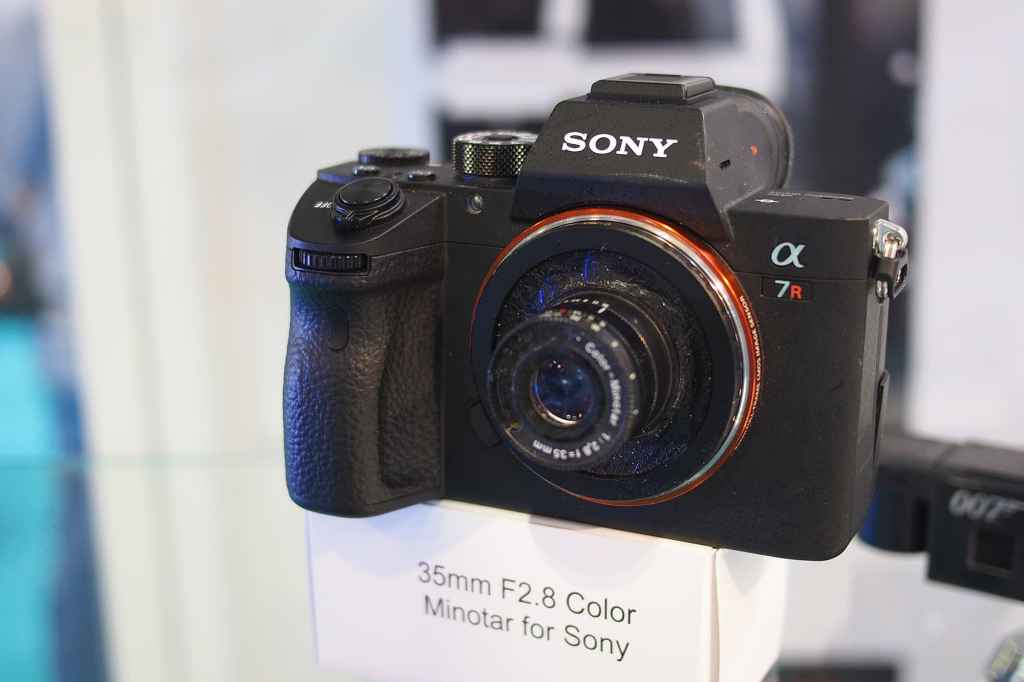
M.S. Hobbies, a Minox specialist based in London, offers Minox lenses from the old Minox 35 cameras. These lenses designed for 35mm film are now adapted for Sony E-mount and Fujifilm’s X-mount cameras. You can buy one for under £180 from mshobbies.co.uk. (JW)
Dispolens

The DispoLens is a small accessory that attaches to the front of your mirrorless camera lens. It creates an effect that resembles the nostalgic feel and vintage aesthetic of pictures taken with disposable cameras. These are fixed-focus 28mm F/10 lenses and are available for Sony E-mount and Fuji Z-mount.
Another interesting offer from DispoStudio is the triple lens: a disposable camera lens fitted with three used disposable camera lenses that create three overlapping images.
Read on to see the amazing photographs these and other vintage lenses can make…
How to use vintage lenses for beautiful photographs
Photographer Annemarie Farley

Over the years, Annemarie has won numerous awards and regularly appears as a judge and mentor for the British Institute of Professional Photography. Annemarie recently started experimenting with cyanotypes on glass (see Instagram: @cyan_on_glass). www.flowerfoto.com and @flowerfotofineart.
There is something magical about the bokeh that vintage lenses produce. Many people don’t notice the background of an image, but to me, it’s just as important as the foreground. Anamorphic vintage lenses create oval bokeh. It’s a subtle effect, but it gives a cinematic feel with a sinister undertone. The Helios 44M 58mm produces swirly bokeh, leading to fantastical, ethereal images.
Trioplan and Pentacon lenses add a soap bubble effect, which brings a playful look. Each lens has a different personality and its own ‘flaws’. When the light hits the optics to create an image, it produces blur and flare that changes the intensity of the colour and tone.
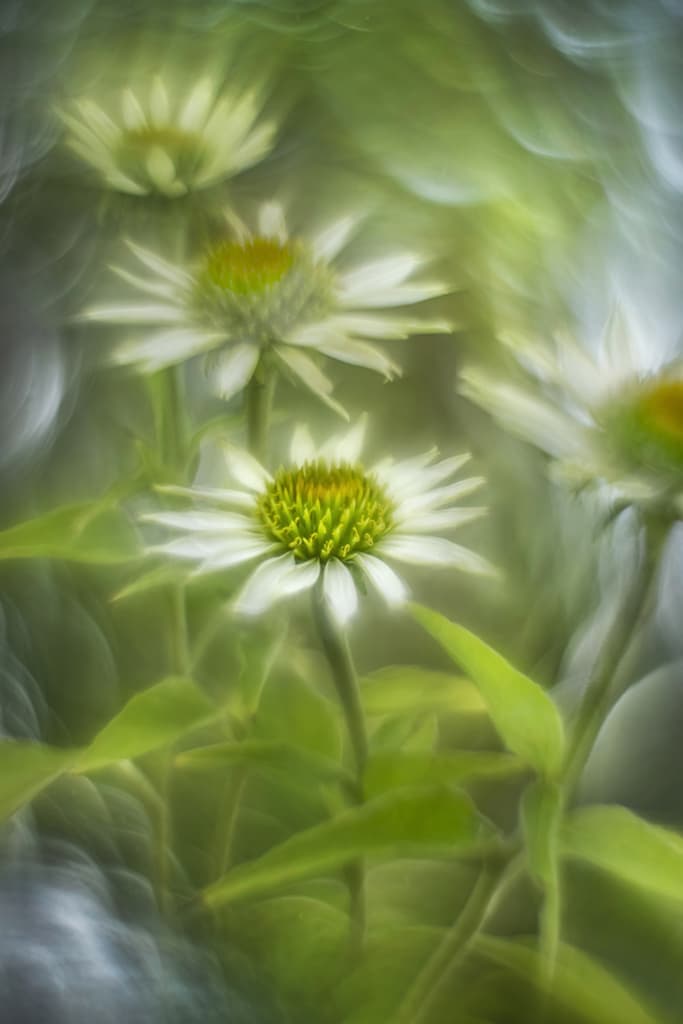
Discovering vintage lenses
I started using vintage lenses about three years ago after reading an article on creative bokeh. My first purchase was a Helios 44M 58mm from eBay. The Oxfam shop online is also a great place to buy rare and unusual lenses. I was already a fan of the Lensbaby range due to the dream-like effects they produce, but after seeing the swirly bokeh of the Helios, I just had to have one! Since then, vintage lenses have become quite an obsession, and I now have a sizeable collection.
Vintage favourites
My Helios 44M is the one I use most often, but I actually have three Helios lenses: a 44M 58mm in original condition and a 44mm and 85mm, both of which I have modified by reversing the front glass element. By doing this, I get an impressionistic swirl that generates depth and distortion – it’s a painterly effect. My anamorphic lens (a Sankor 16C) stretches the image and delivers an oval-shape bokeh that makes everything look strange and confusing. My Trioplan 50mm has soap bubble bokeh that is sharp and playful.
I also have a Pentacon 105mm that produces soap-like bokeh, but it’s a bit softer than the Trioplan. Others in my collection include a Jupiter 11 135mm, Industar-69 28mm and Dallmeyer 12 inch f/6 Popular Telephoto. My favourite camera/lens combination is a modified Helios with my Nikon D800E (although the Helios also works well on my Fujifilm X-T2.)
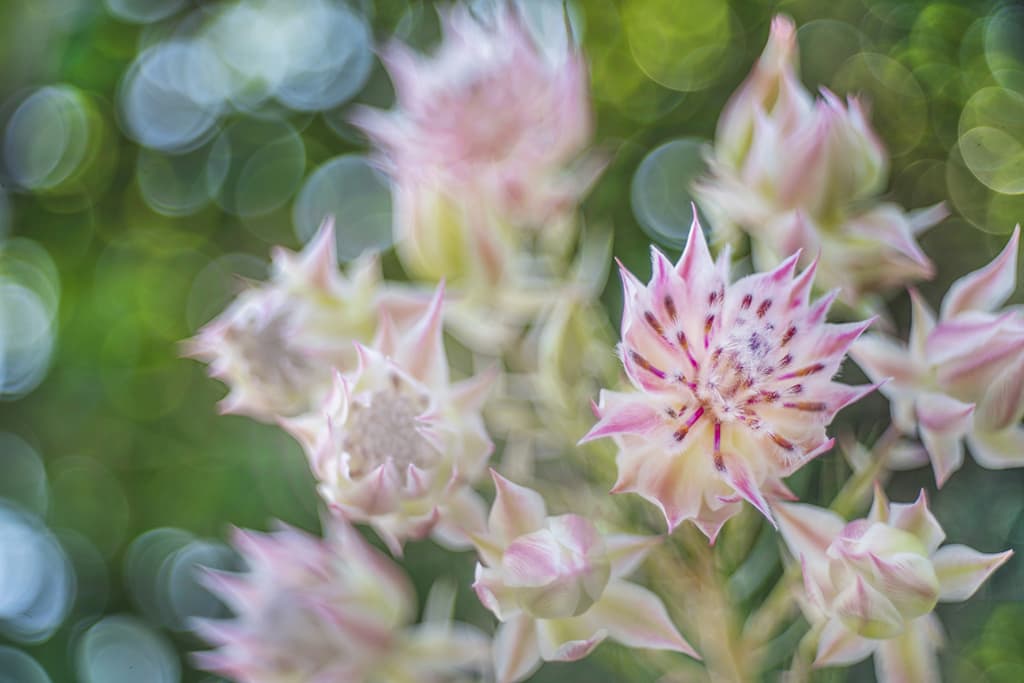
Buyer advice
If you’re looking to buy a vintage lens, do your research. Lots of advice is available via vintage lens groups on Facebook (I run a group called Modified Camera Lenses). In short, you want a lens with minimal (or preferably no) scratching and fungus. If you’re buying online, don’t be afraid to ask to see more pictures of the lens or details of where it might have been stored.
Adapters and getting started
Mounting a vintage lens to your camera is simple. With the help of an adapter, you can use them on countless brands and bodies. Be aware, though, that some lenses don’t work on full-frame cameras. Adapters are relatively cheap, but if you decide to mount a projection lens on your camera, you might need a focusing helicoid adapter – this is a metal lens-like device that has no glass inside and extends to two or three times its own length.
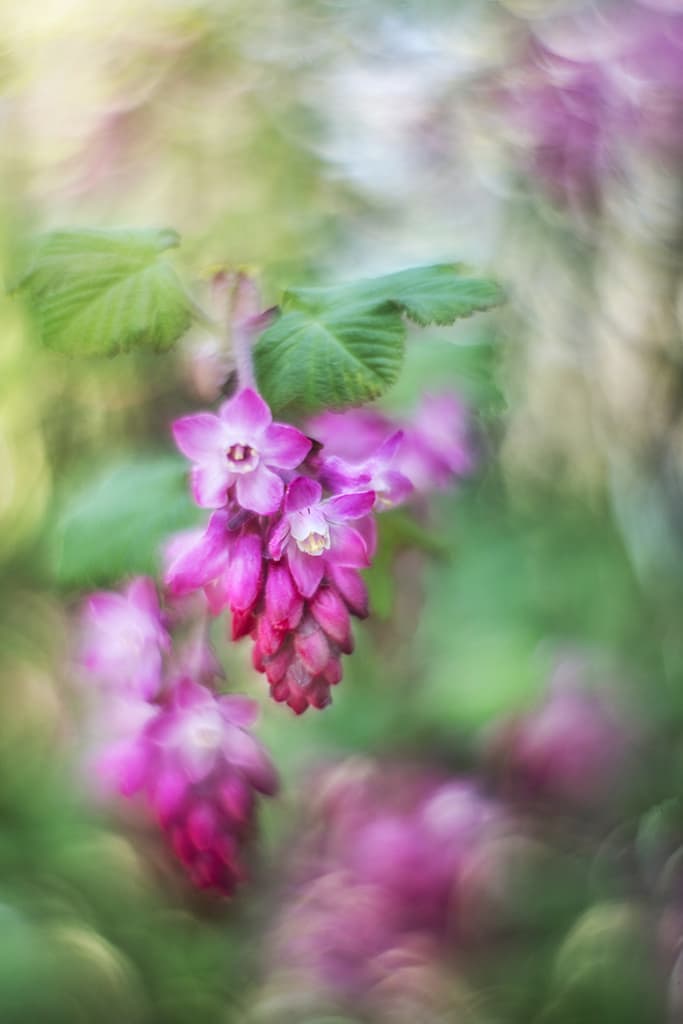
When you shoot with vintage lenses, you need to focus manually, which can be challenging. What’s more, if you modify lenses like I do, you need to throw everything you know about focusing out of the window! To get the best bokeh, you have to set the lens to a wide aperture. Throw an inverted lens into the mix and you soon learn that the only focus spot is in the centre of the lens.
To get around this, take two shots – one with the lens at f/2 and one at f/8 or f/12 – and combine them later. You could say vintage lenses would be better with autofocus and an aperture controlled via the camera, but it’s all part of their charm. If your camera offers focus peaking and focus magnification, this is a massive help, as it gives you a better idea of what to focus on.
Vintage lenses are fantastic at communicating a feeling, atmosphere or emotion. They have flaws and quirky focusing, and they create flare that most photographers would freak out about – but that’s what I like. I don’t want perfectly sharp images; I want to create something more. Vintage lenses help with this, as they tap into my imagination.
Weird Lens Guru Mathieu Stern
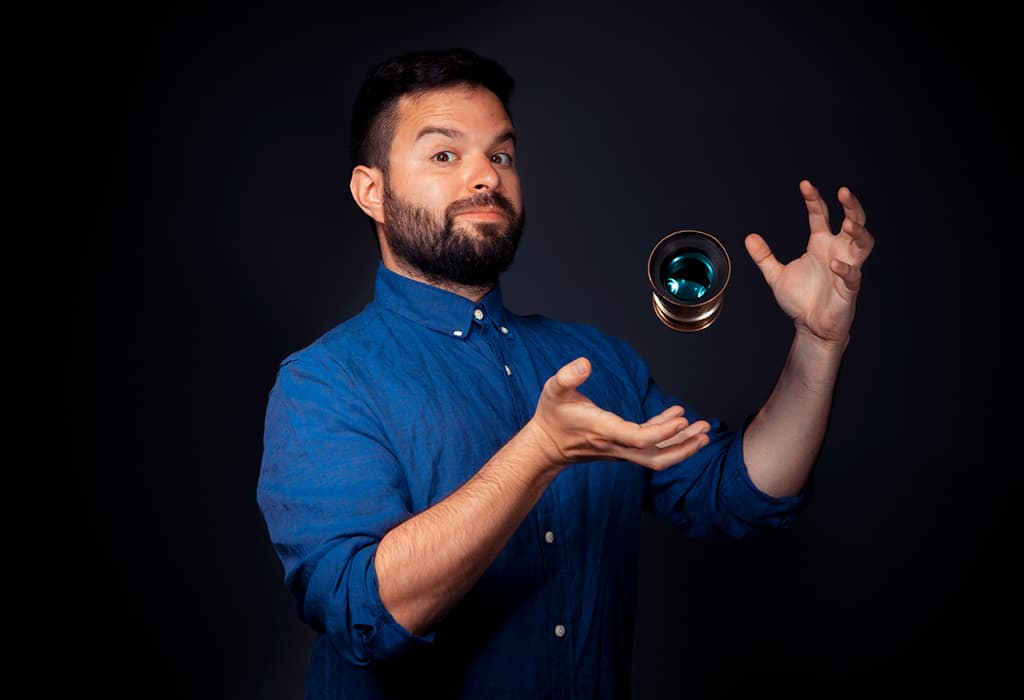
Mathieu Stern is a professional photographer and filmmaker. His passion for experimenting with vintage lenses has resulted in the nickname ‘weird lens guru’ on the internet. He hosts a YouTube channel and is a photography and Photoshop teacher in three Parisian design schools. www.mathieustern.com, Instagram: @mathieustern, YouTube: Mathieu Stern.
There’s something unique about most lenses made before 1900. Swirly bokeh, crazy colours and flare all add a charm to your images that modern lenses lack in their bid to produce a clinical, perfect image. The first vintage lens I owned was the one my father gave me with his 35mm camera. It was a 50mm f/2.8 from an unknown brand. Now, of course, I know it was a pretty bad lens, but it was my first step towards discovering something magical.

Vintage favourites
At the last count, I had more than 200 vintage and experimental lenses, so it’s hard to say which are my favourites. I do, however, have certain brands and lenses that I like more than others. Konica, Canon FD, Minolta and Pentax Takumar are all on this list. Most of my lenses come from eBay, yard sales or recommendations from family and friends. Now that I’ve got a large YouTube following, I also get sent lenses to review.
Buyer advice
If you’re in the market for a vintage or experimental lens, be aware that fungus can be cleaned, dirt and grease can be removed, but scratches or a bent helicoid are much bigger problems and would be a big no-no for me. On the plus side, I’ve bought many lenses showing signs of fungus for a fraction of the price and cleaned them up in less than ten minutes.

Choosing adapters
I shoot all of my experiments for YouTube on a Sony A7 III and A7 II. I have almost every adapter ever made for the Sony E-mount. As a result, I can attach almost any lens from any era to one of my cameras. If you like a brand, it’s a good idea to have a full set of lenses from the same era – that way you can maintain the same quality across all of your images.
I’ve tried many unusual bits of kit over the years. I own lenses designed for X-ray machines and medical cameras, for instance. One of the most unusual lenses I’ve tested was designed to be installed on a camera on board a space shuttle!
When it comes to buying adapters, avoid super-cheap ones – these can break quickly and even damage the sensor on your camera. A fair price for an adapter would be around the £20 mark. Before attaching a vintage lens to your camera, be aware of any potential weight issues – a very heavy or long lens can damage the mount on your digital camera, so in this instance, it’s a good idea to use a lens collar and tripod.

Getting started
Some people worry that there might be a steep learning curve when using vintage lenses, but like any lens, they are made of metal and glass – there is nothing magical or extra-difficult to understand. If you know how to focus manually, then you can use a vintage lens! Having said that, using a camera with focus peaking is very important, and image stabilisation is also good when you’re shooting videos with vintage lenses.
I like to shoot portraits, but you can shoot pretty much anything with a vintage lens – there are plenty of focal lengths to choose from. One of the greatest challenges is finding vintage and experimental lenses at a fair price: I started collecting when no one really cared about them, and I was picking them up for less than £10, but they are now becoming more expensive.

I don’t own any modern lenses, and I don’t feel like I’m missing out. Vintage lenses encourage me to be more experimental – I love the way they bend light, create crazy bokeh and produce truly unique images.
Videographer and Filmmaker Marc Sirisi
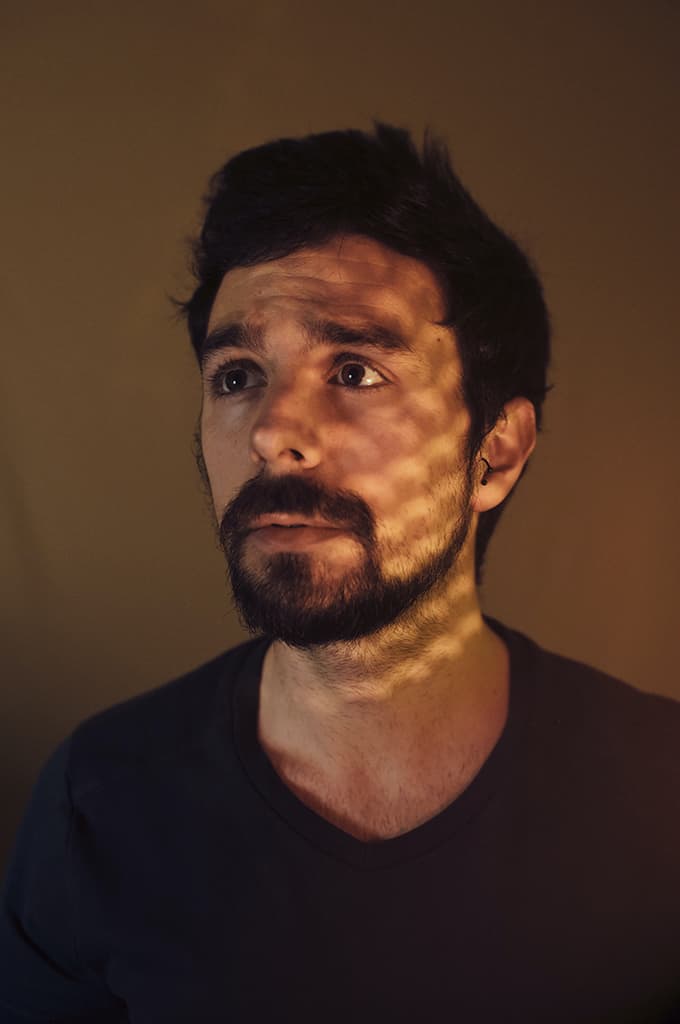
Marc Sirisi is a videographer/filmmaker for RV Films – a film production company based in Barcelona, which he set up with a colleague. Marc loves to experiment and has been using vintage lenses since the beginning of his journey with photography and now shoots commercial projects with them. Visit www.rvfilms.cat and Instagram: @marcsirisi.
It’s hard to describe what I like about vintage lenses, but when I shoot with them, I get the feeling that the pictures will be special in some way. Each lens offers something different: sometimes it’s unusual bokeh, sometimes it’s interesting colour tones, flare or contrast. Basically, it’s the joy of imperfection. As a portrait photographer, I feel that vintage lenses play a significant role in capturing the essence of a person. There is also a certain romance when you consider that you’re using a lens that is 30 years old or more and will have captured many moments and experiences over the years.
Going retro
My passion for photography only began a few years ago, but I was instantly drawn to the retro/film look – especially the bokeh. I was so used to seeing digital images that when I first saw the swirly bokeh and low contrast created by the Helios 44M 58mm it shocked me!
I knew I had to have one.

Growing a lens collection
The Helios was my first vintage lens. I now have eight more:
- Minolta MD Rokkor 45mm – lots of contrast and nervous bokeh
- Minolta MC Rokkor 55mm – very sharp, even wide open
- Minolta MC Rokkor-PG 58mm – optically very good with an almost creamy bokeh
- Minolta MC Tele Rokkor 135mm – sharp with good contrast
- Canon FD 50mm f/1.4 SSC – this was given to me by a relative, and I think it has some haze inside because the final image is too soft, so I’m saving it for a possible future project
- Canon FD 50mm – without haze! I like the contrast and colours of the FD series
- Canon FD 85mm f/1.2 L – my favourite
- Leica Macro Elmarit 60mm f/2.8 – which I bought a few days ago
The Canon FD 85mm f/1.2 L is attached to my camera most of the time – I love the IQ, sharpness, bokeh, colours, contrast and tones. My favourite combination of camera and lens is the Canon FD 85mm f/1.2 L with a Fujifilm GFX 50R.

Buyer advice
I buy most of my vintage lenses online from sites such as eBay and Wallapop. I like eBay because it’s reliable and you can find some rare lenses for sale. Wallapop is good because you can meet the owner and test the lens. Where possible, I’ll visit flea markets to get some good deals. When you’re buying a vintage lens, check that the aperture blades work properly, and look for fungus, haze and scratches, as well as checking the overall body condition.
Some old lenses are known to contain radioactive components, but I don’t have any of those. I have heard some people say the level of radioactivity is so small that it doesn’t pose a problem, and others who sound very alarmed by it. When you’re buying an adapter, read the reviews and make sure that it’s compatible with your camera. I bought a cheap adapter a while ago, and I had to keep tightening the screws – one day the lens almost fell on the floor.

Using a vintage lens
If you’re not used to shooting in manual, then using a vintage lens can be a challenge to start with. You have to accept (and embrace) imperfections. Vintage lenses encourage you to explore, and when I shoot, I’m not looking for a perfect image; my goal is to create a shot that gets the viewer’s attention and expresses an emotion.
Further reading
- Get great shots with vintage glass
- How to use classic lenses on modern cameras
- Vintage digital cameras you should actually buy
- How to focus manually

